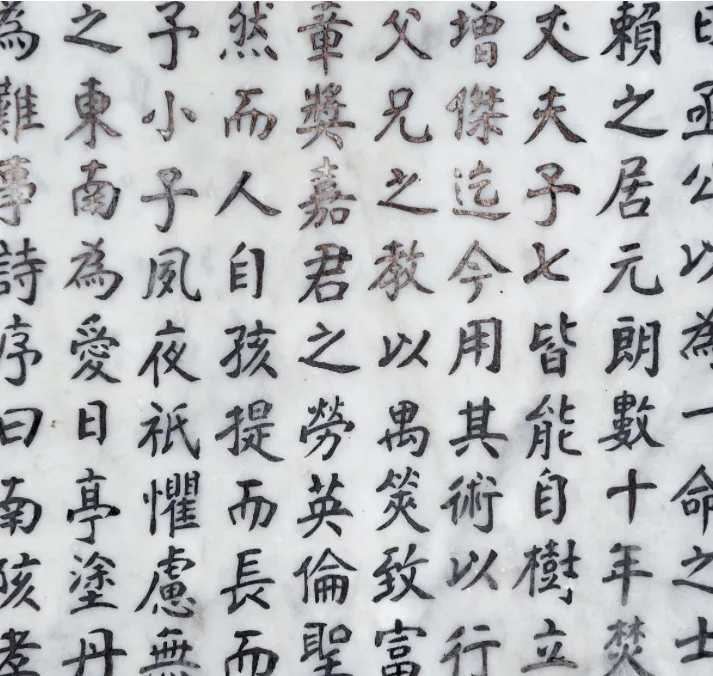Determining the hardest languages in the world is subjective and depends on various factors, including linguistic complexity, grammatical structure, writing systems, pronunciation difficulties and cultural context.
Here is a list of top 10 hardest languages in the world:
1.Mandarin
2.Arabic
3.Japanese
4.Korean
5.Russian
6.Finnish
7.Hungarian
8.Icelandic
9.Navajo
10.Georgian
1.Mandarin
Mandarin is the hardest language in the world.
Mandarin is a tonal language, which means that the pitch or tone in which a syllable is pronounced can change its meaning. Mandarin has four main tones (plus a neutral tone) and mastering these tones is crucial for understanding and being understood in the language.
Mandarin uses Chinese characters, also known as Hanzi, which are logograms representing words or morphemes. Learning to read and write Chinese characters can be complex, as each character has its own distinct shape and meaning. Additionally, Mandarin has no alphabet, making it quite different from languages with alphabetic writing systems.
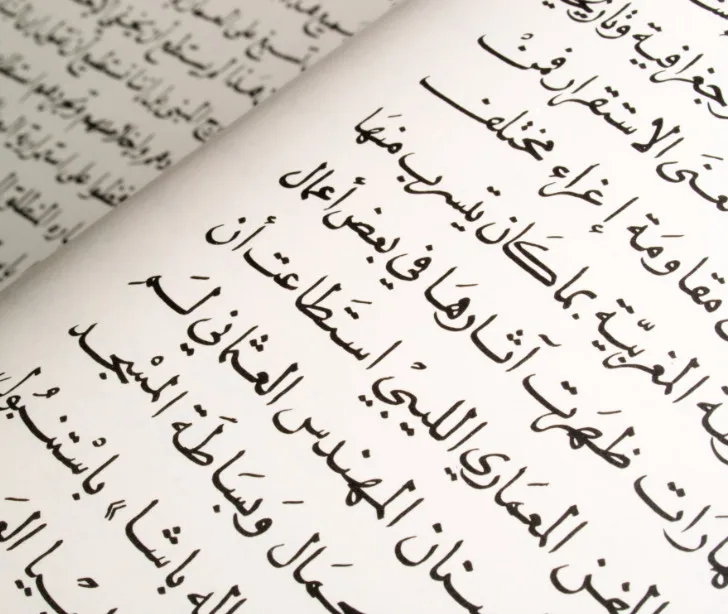
2.Arabic
Arabic is the second hardest language in the world, primarily due to its unique features and complexities.
Arabic uses a non-Latin script, the Arabic alphabet, which consists of 28 letters and is written from right to left. This presents a significant hurdle for learners accustomed to alphabetic writing systems.
Arabic has a rich system of morphology and grammar, including complex verb conjugations, noun declensions and a system of roots and patterns that influence word formation. Furthermore, Arabic dialects vary widely across different regions, posing challenges for learners aiming to achieve proficiency in spoken Arabic.
Arabic vocabulary may also be challenging due to its extensive loanwords, historical influences and cultural context.
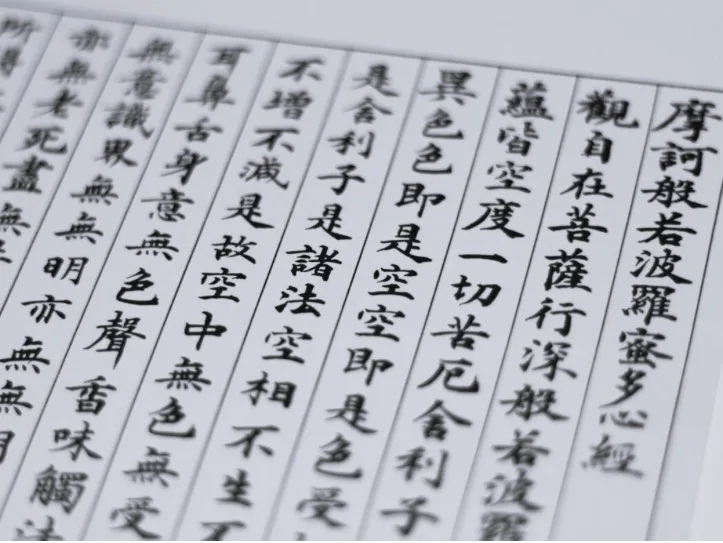
3.Japanese
Japanese uses three different writing systems: kanji (characters borrowed from Chinese), hiragana and katakana. Mastering these writing systems and understanding when to use each can be a significant hurdle for learners.
Japanese has a complex system of honorifics and politeness levels, which must be mastered to navigate social interactions appropriately. Japanese vocabulary is challenging due to its extensive use of loanwords from other languages, including English, as well as cultural and historical influences.
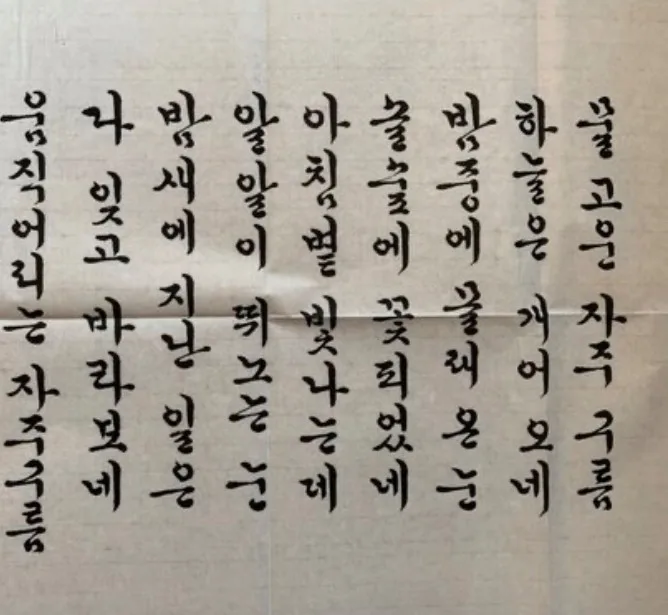
4.Korean
Korean uses its own unique script called Hangul, which consists of 24 letters representing phonetic sounds. While Hangul is relatively easy to learn compared to some other writing systems, the combination of consonants and vowels can create complex syllabic blocks that take time to master.
Korean grammar includes various verb endings, honorifics and speech levels based on social status and formality, adding layers of complexity for learners.
Learning Korean also involves understanding Korean culture, history and societal norms, as language and culture are deeply intertwined.
Korean vocabulary includes many words borrowed from Chinese, as well as unique cultural concepts.
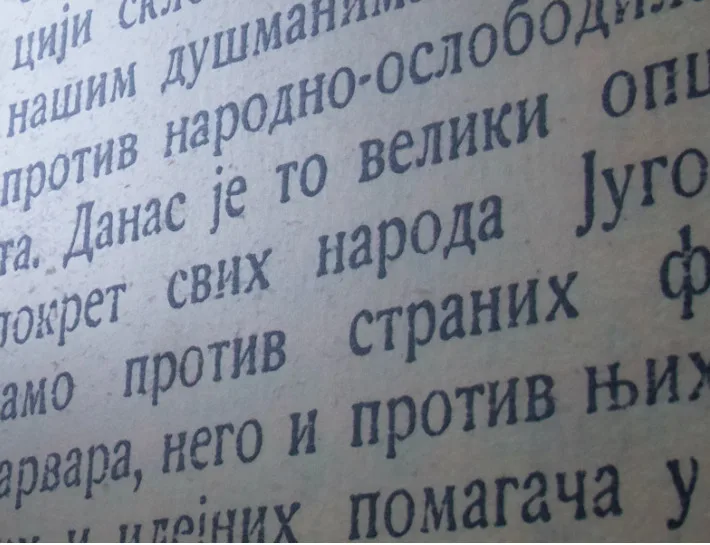
5.Russian
Russian uses the Cyrillic alphabet, which consists of 33 letters and can be daunting for learners who are accustomed to the Latin alphabet. Mastering the Cyrillic script is essential for reading and writing in Russian.
Russian grammar is highly inflected, meaning that words change their form depending on their role in a sentence (case), their grammatical gender and whether they are singular or plural. Russian has six cases (nominative, genitive, dative, accusative, instrumental and prepositional), each with its own set of endings.
Russian verbs have two aspects: perfective and imperfective. Each aspect conveys different nuances of action and knowing when to use each one correctly can be challenging for learners. Russian vocabulary can be challenging due to its rich linguistic history, which includes loanwords from various languages, including Old Church Slavonic, Greek, Latin, French and German.
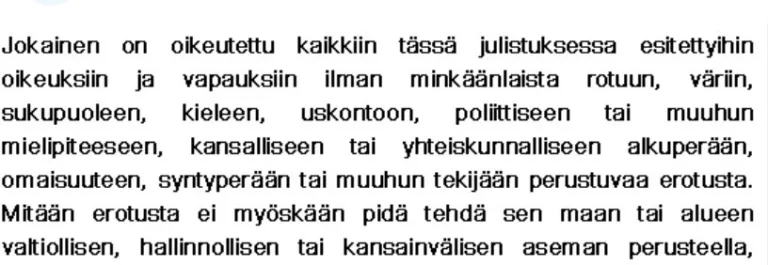
6.Finnish
Finnish is an agglutinative language, which means that words are formed by adding suffixes to stems to convey meaning. This results in long words with many morphemes, making Finnish vocabulary appear daunting to learners. Finnish grammar is highly inflected, meaning that words undergo extensive changes depending on their grammatical role. This includes numerous cases (15 in total), which govern the function of nouns, pronouns, adjectives and numerals. Finnish has a complex system of verb conjugation, with numerous tenses, moods and personal endings.
Finnish has a relatively large inventory of vowel and consonant sounds, including vowel harmony and consonant gradation. Finnish features geminate consonants (double consonants), which can affect pronunciation and word stress.
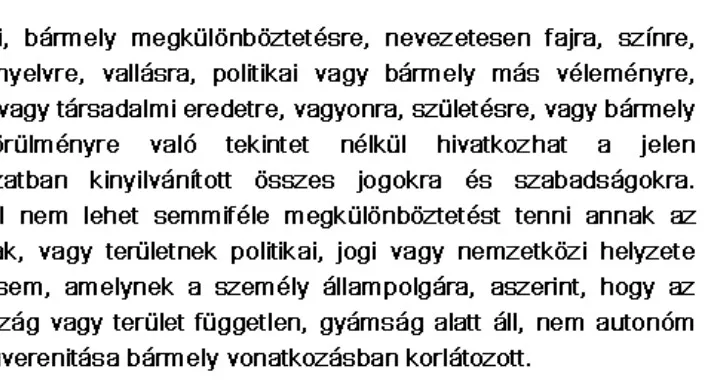
7.Hungarian
Hungarian has a complex system of noun cases, with 18 different cases used to indicate grammatical relationships such as possession, location, direction and manner. Learning when and how to use each case correctly can be daunting for learners. Hungarian verbs are conjugated differently depending on whether the object of the verb is definite or indefinite. This feature adds another layer of complexity to Hungarian grammar.
Hungarian employs vowel harmony, a phonological rule where vowels within a word must harmonize in terms of frontness or backness. This rule affects both suffixes and stems and can be difficult for learners to master.
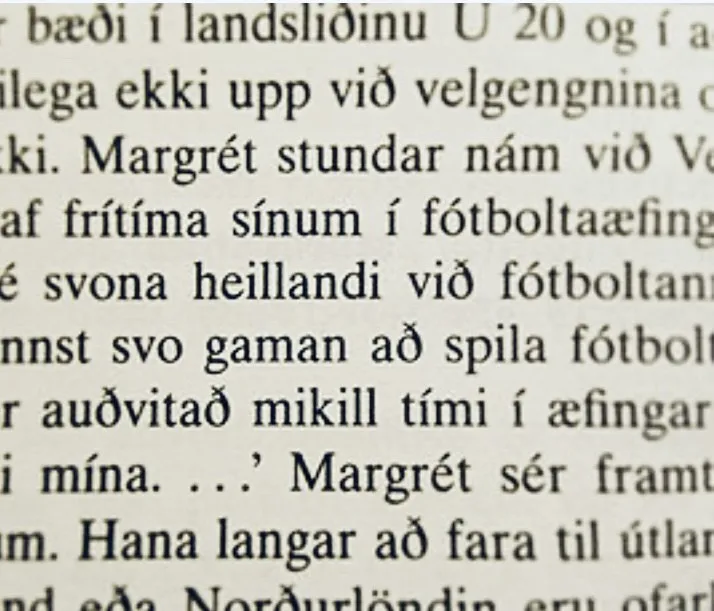
8.Icelandic
Icelandic has a highly inflected grammar, meaning that words undergo extensive changes to indicate their grammatical role in a sentence. This includes noun declensions, verb conjugations and the use of cases, which govern the function of nouns, pronouns and adjectives. Icelandic is closely related to Old Norse, the language of the Vikings. As a result, Icelandic has retained many archaic features and vocabulary that are no longer present in other modern Scandinavian languages.
Icelandic is known for its linguistic conservatism, with efforts made to preserve the language’s purity and prevent foreign influence. This means that Icelandic has resisted many linguistic changes and loanwords from other languages, making it a more isolated and challenging language to learn.
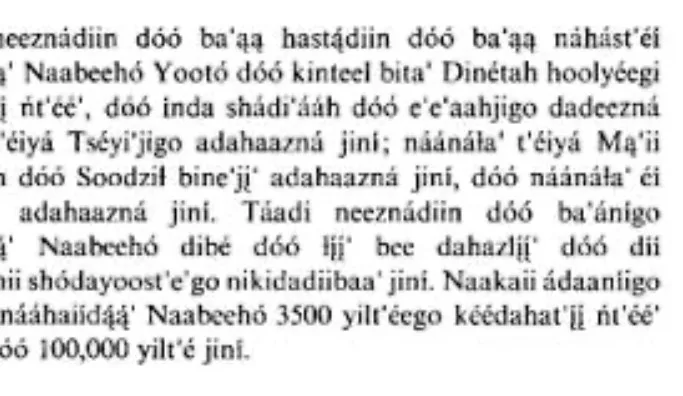
9.Navajo
Navajo is a subject-object-verb (SOV) language, meaning that the subject typically comes before the object and the verb comes last in a sentence. Navajo has a highly complex verb system with intricate morphology, including a large number of verb forms that indicate aspects such as tense, mood and aspect. Verbs can be conjugated to reflect a wide range of nuances and mastering these verb forms is crucial for understanding and speaking Navajo accurately.
Navajo verbs are conjugated based on various factors, including subject, object and other grammatical features. The verb conjugation process involves adding prefixes, suffixes and infixes to the verb root, resulting in complex and often lengthy verb forms. Navajo has a complex phonological system with a wide range of consonants, vowels and tones.
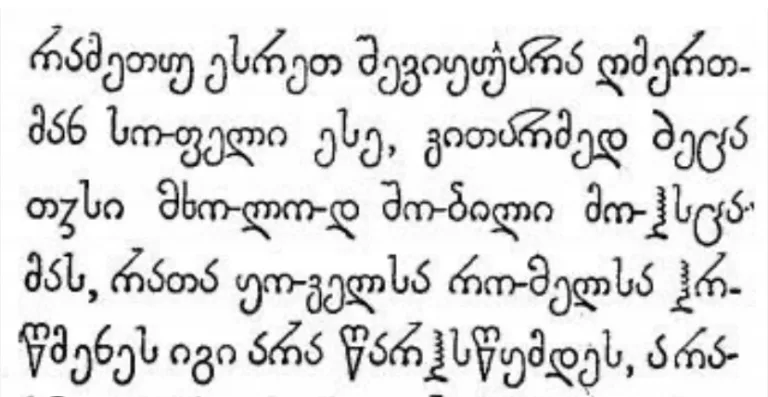
10.Georgian
Georgian uses its own unique script called Mkhedruli, which consists of 33 letters. Mastering the Georgian alphabet and understanding how to write and read Georgian script can be a significant initial hurdle for learners.
Georgian has a rich phonological system with a wide range of consonants. Georgian features ejective consonants, which are produced with a simultaneous closure of the glottis, creating a distinct and challenging sound system for learners.
Georgian verbs are conjugated based on various factors, including tense, aspect, mood and person. Verbs can have numerous conjugated forms and mastering the various verb paradigms and conjugations is crucial for understanding and using Georgian correctly. Georgian has an ergative-absolutive case system, which means that the subject of a transitive verb is marked differently from the subject of an intransitive verb.

